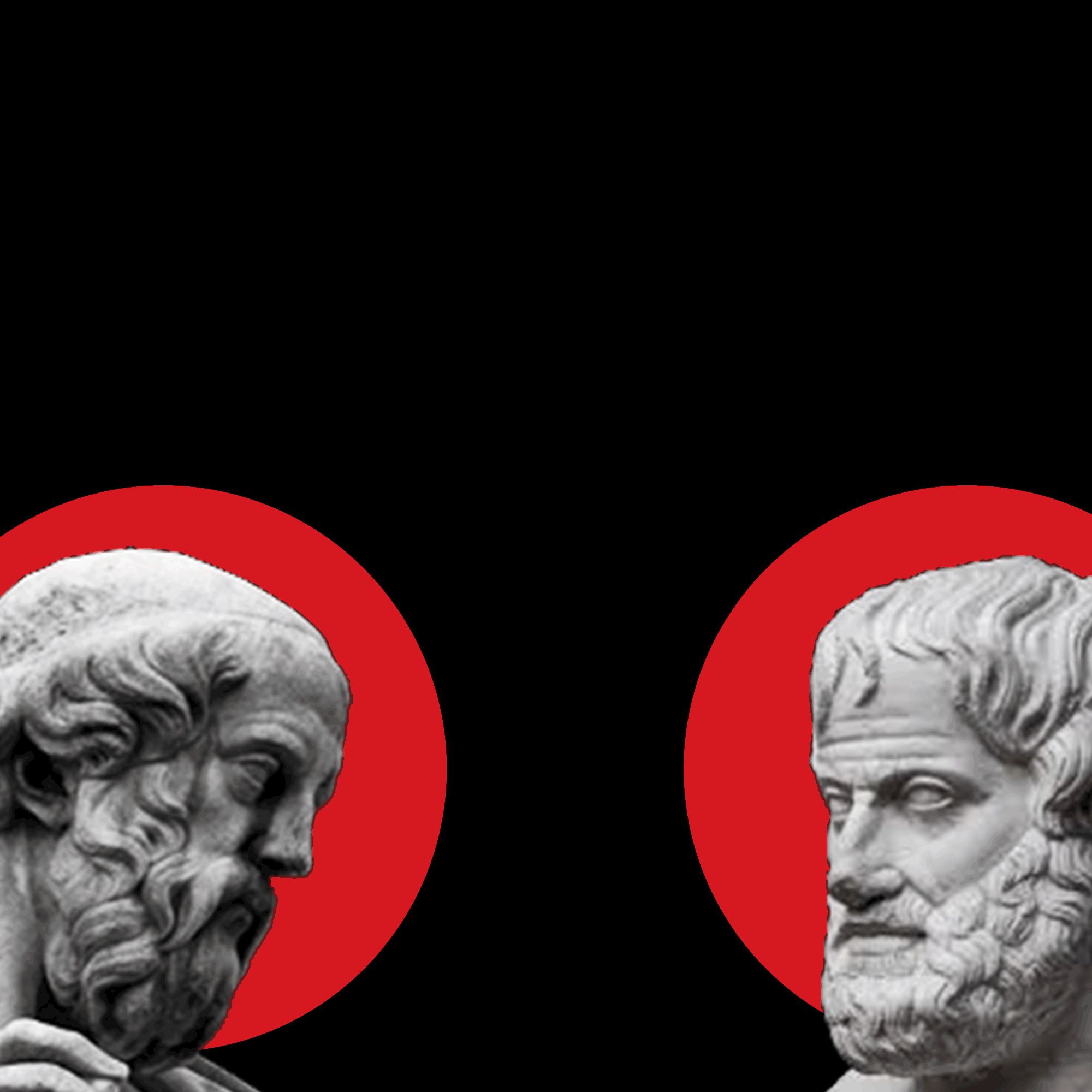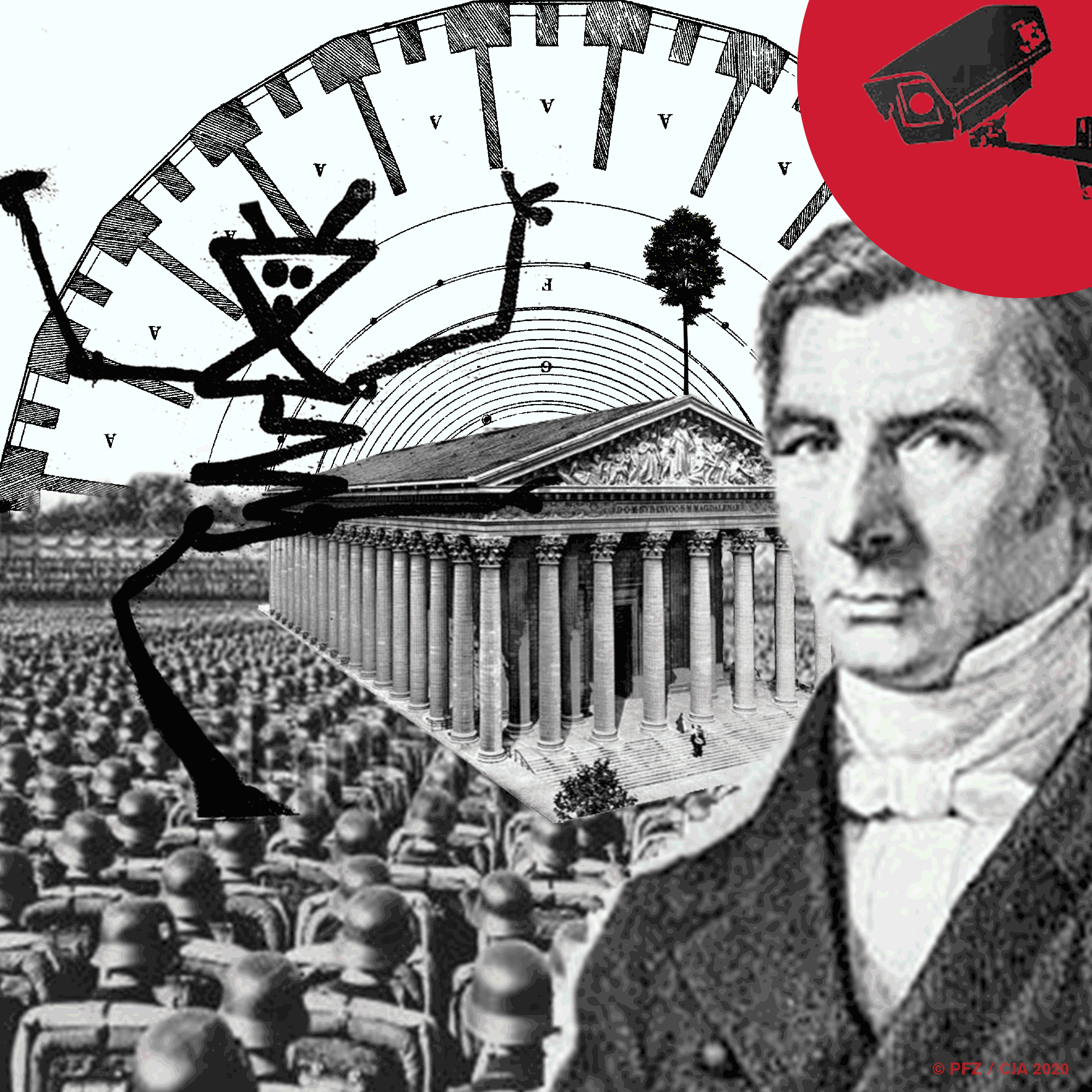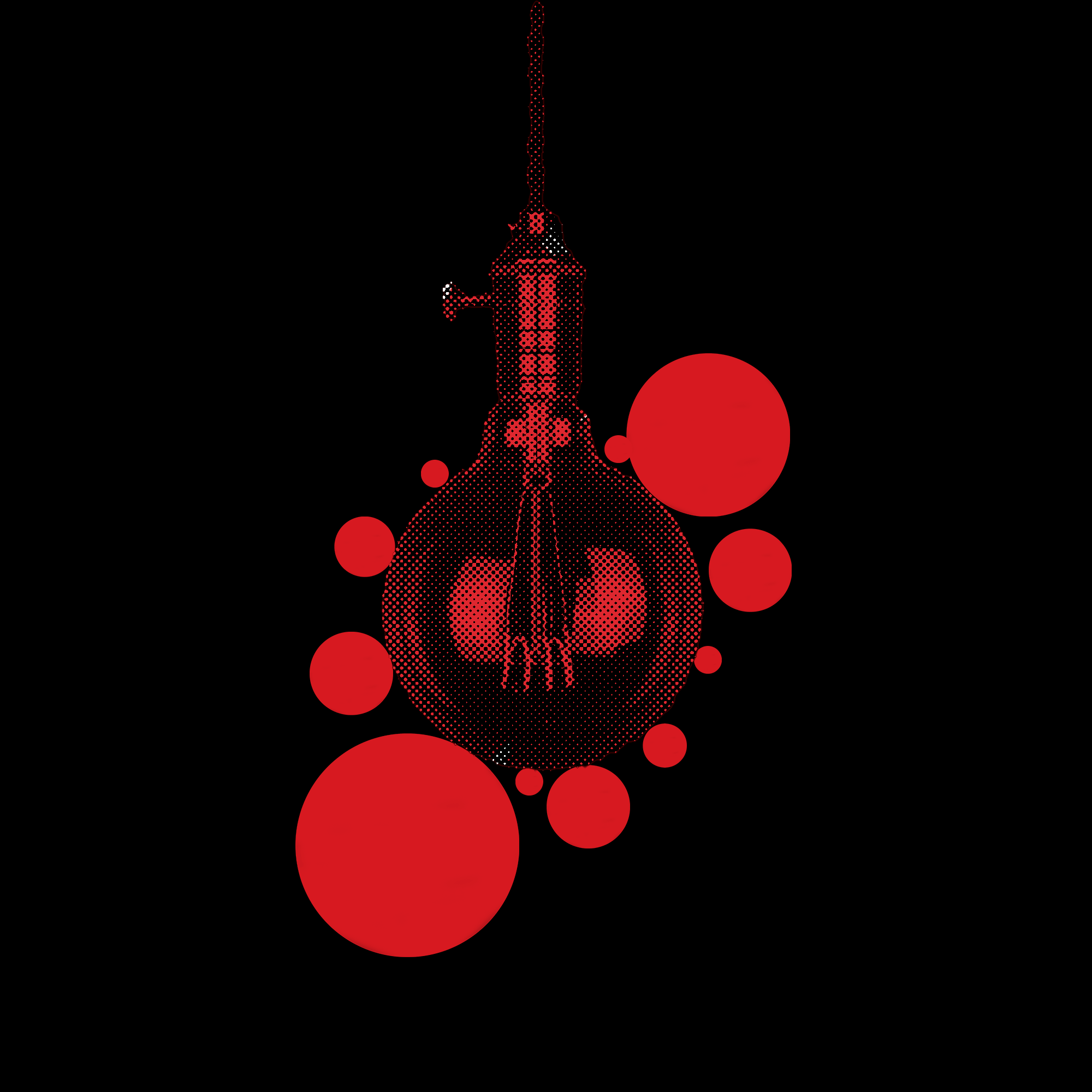The freedom of artistic expression is enshrined in Article 21 of the Swiss Constitution. The article concisely states that the “freedom of artistic expression is guaranteed.” Art is impossible to define in itself which subsequently creates the impossibility of a legal definition. Thus, how is it possible to assure this freedom and how can artists be sure they have legal protection. If it cannot be defined, it makes it difficult to be protected as it becomes ambiguous. Any form of human expression whether it be art, emotion, tone, etc is consistently subject to interpretation. Numerous normative solutions and standards are created to judge and evaluate these expressions, but this leads to greater chances of misinterpretation.
Freedom of artistic expression is guaranteed
The Swiss Constitution (1874, 1999*) contains two provisions regarding artistic freedom. Art. 21 and Art. 16 which protects the freedom of expression and information. Christoph Beat Graber, a noted Swiss academic that specializes in communications and art law, acknowledges that “the conflict between the autonomy of art and its heteronomy through state law is the paradox of the concept of art.16. This paradox is ultimately the reason why legal dogmatics, in whatever way it turns, is a hermeneutical circle.” While Switzerland protects artistic freedom as a fundamental right of the first generation meaning it constrains activities that may infringe on the ability to exercise the freedom of other Constitutions (ie. Greece) that protect it as a freedom of the second generation. These constitutions use active state support and action to protect artistic expression. Legal dogma and inconsistencies present unclarity regarding the confines that artists are forced to work in. This creates a circle of unresolved ‘misinterpretations’ about what freedom can be exercised in comparison to what is formally written. PFZ/CJA is a form of ‘mimitised rebellion towards strict regulations’ so understanding legal boundaries that could prevent artistic expression and freedoms necessitates an analysis of the legal context and situation for the status of artists in Switzerland. As well as comparing it with restrictions and liberties abroad to give greater awareness to the scope of the issue.
The conflict between the autonomy of art and its heteronomy through state law is the paradox of the concept of art.16. This paradox is ultimately the reason why legal dogmatics, in whatever way it turns, is a hermeneutical circle
Similar diction protecting these freedoms is used in international and European conventions and declarations. The European Court of Human Rights (ECHR) has recognized the ability of artists to shape public opinion and confront social issues through their work, however, artistic freedom does not have a status in the Convention. Instead, it must adhere to Art. 10 which establishes the right to freedom of expression and information but also recognizes that «since it carries with it duties and responsibilities, [it] may be subject to such formalities, conditions, restrictions or penalties as are prescribed by law.» Similarly, in Art. 19 of the United Nations Universal Declaration of Human Rights (UDHR) “everyone has the right to freedom of opinion and expression; this right includes freedom to hold opinions without interference and to seek, receive and impart information and ideas through any media and regardless of frontiers.” The International Covenant on Civil and Political Rights (Art. 19, paragraph 2) mirrors the UDHR, however, it explicitly states that the information and ideas can be imparted “either orally, in writing or in print, in the form of art, or through any other media of his choice.” These articles that protect the freedom of (artistic) expression are consequential. Law requires art is to be defined which by character is ambiguous. Marcel Duchamp stated that art has a ‘negative presence,’ it is “not what you see; it is in the gaps.” The enigmatic character of art speaks and hides, taking many forms and allowing for many interpretations. The difficulty in legal protections of artistic expression lay in the definitional dilemmas. While art reflects on the interpretation from the point of view that the law does not contemplate at the moment, but then adapts over time with the emancipation that the authors bring to society. Law and art speak different languages and not only: they live two different times. One is aimed at the past, while the other at the “future” in the anticipatory sense precisely because of its characteristic of being universal (Jung) and not conventional. Let’s say that law and art are competing to define truth as religion and science have been through history. The characteristic of art is to continuously renew itself and thus escape the conventions that the laws propose, and then adapt more slowly. The law is a kind of leash for art, while art is one that drives it to evolve.
Everyone has the right to freedom of opinion and expression; this right includes freedom to hold opinions without interference and to seek, receive, and impart information and ideas through any media and regardless of frontiers.
Art pushes boundaries, which many times are legal ones. For example, Swiss artist Thomas Zollinger staged a nude artistic performance in 2017 called “Nudeland.” It was on the property of Swiss writer Bruno Schlatter. The authorities fined the performers while Zollinger argued that the performance was part of an art project and that it was not a statutory offence to be naked, especially when related to artistic expression. While the freedom of expression is ‘guaranteed’ in many declarations it is generally accepted that it requires certain limits. Censorship, threats (physical, verbal, etc), prosecution, imprisonment, etc target artistic freedoms. In its 2019 report (On The State of Artistic Freedom), it mentions the multitude of actors and mediums that are used to silence artists. The President of Cuba, Miguel Díaz-Canel, enacted a law in 2018 that allows Cuban authorities to censor artistic production if it is not state authorized. The Ministry of Culture must provide prior approval before art is presented. Regimes exist as governments but also within institutions (political, artistic, social) and other structures that their own set of rules and regulations. As written in the prior article, aesthetic regimes include who curators can threaten artistic freedom acting as cultural conservatives they deem it controversial or inappropriate. Yanis Varoufakis, the former Greek finance minister, even stated that “artists should be feared by the powerful in our society; if [they] are not, you [ie. politicians] are not doing [their] job properly.” Deciding that someone’s human expression is indecent or inappropriate curbs freedom can establish a precedent for this continuous censorship and limitation of legal rights.
Artists should be feared by the powerful in our society
One of the most recent cases where the freedom of artistic expression was contested in court was Castillo v. G&M Realty L.P which concerned 5Pointz in Queens, New York. 5Pointz was a commissioned artistic site that came to display over 10,650 works. The issue arose when the site was scheduled to be demolished to build luxury apartments. The United States District Court for the Eastern District of New York ruled that the work at 5Pointz was of “recognized stature” and that Wolkoff violated the Visual Artists’ Rights Act (VARA) which protects the art from “any intentional distortion, mutilation, or other modification.” This case demonstrates the contentious relationship between art and law, the preservation of artistic expression/freedom, the recognition of graffiti as a legitimate form of art, and the role of art in promoting national culture. While the work at 5Pointz authorized and commissioned, it does not limit other unauthorized forms of art as unable to possesses cultural and artistic value. Artistic expression touches on issues of intellectual property, copyright, constitutionality, religious freedom, etc. See Kahiu v. Mutua, Matal v. Tam, Abbas v. India, Thebian and Nassereddine v. Public Prosecutor in the Columbia University Global Freedom of Expression database. A neutral judgement that understands the language of the law and art, that does not judge an artistic expression on notions of beauty but as something more profound can allow for this freedom to develop in many contexts. Analysing norms that are products of institutions and settings can advance information flow as well as being conducive to progressive jurisprudence.
In Switzerland, how can Art 21. be amended to clarify the protections and criteria to ensure artists are protected and the definitional barriers are overcome. In European and International legal documents, how can the freedom of expression be extended to incorporate artistic freedom and make it legally binding for member nations? How can jurist better understand the language of artists without resorting to hermeneutical dogmatic thoughts? Let’s say that a constitutive article (in Switzerland) can be changed in about 10-15 years (depending on the time for a referendum or popular initiative), even if there were interests this would not be updated until 2035. To make it easier for artists to increase awareness around them, CJA suggests implementing a legally recognized status for artists. If the collective status of an artist is to be legitimized, how can this be done?

Sources
1 Beat Graber, C., (2004), ‘The Concept of the Art of Law in the Context of Chrisoph Beat Graber’s society,’ Swiss Institute of Comparative Law
https://www.unilu.ch/fileadmin/shared/Publikationen/kunstbegriffendg.pdf
2 Freidman Schmidt, L., (2016), ‘Artists Need Freedom of Artistic Expression,’ Linda Friedman Schmidt
https://www.lindafriedmanschmidt.com/artists-need-freedom-of-artistic-expression/
3 Global Freedom of Expression Columbia University
https://globalfreedomofexpression.columbia.edu/
4 Muñoz Sarmiento, S., (2017), ‘When did art become “inappropriate?,’ Clancco: The Source for Art & Law
http://clancco.com/wp/2017/10/when-did-art-become-inappropriate/
5 Tanasescu, S., (2014), ‘Artistic Freedom and its Limitations,’ Conference at: Law Faculty, University of Bucharest
https://www.researchgate.net/deref/http%3A%2F%2Fdx.doi.org%2F10.13140%2F2.1.2738.8801
6 (2011), ‘The difficult freefom of art,’ Neue Zürcher Zeitung,
https://www.nzz.ch/die_schwierige_freiheit_der_kunst-1.13422962?reduced=true
7 (2014), ‘Liberté scientifique et artistique/droits culturels,’ Human Rights CH
https://www.humanrights.ch/fr/pfi/droits-humains-internationaux/sources-du-droit-listees-par-theme/droits-culturels
8 (2019), ‘Swiss Artists Fight Fine for Naked Performance in Noseland.’ The Local,
https://www.thelocal.ch/20190108/swiss-artists-fight-fine-for-naked-performance-in-noseland
9 (2019), ‘The State of Artistic Freedom 2019,’ Freemuse
https://freemuse.org/resources/the-state-of-artistic-freedom-2019/




whoah this blog is wonderful i really like reading your articles. Keep up the great paintings! You realize, a lot of people are hunting round for this info, you could help them greatly.
I have read so many posts about the blogger lovers howeverthis post is really a good piece of writing, keep it up.
I have read so many posts about the blogger lovers however this post is really a good piece of writing, keep it up